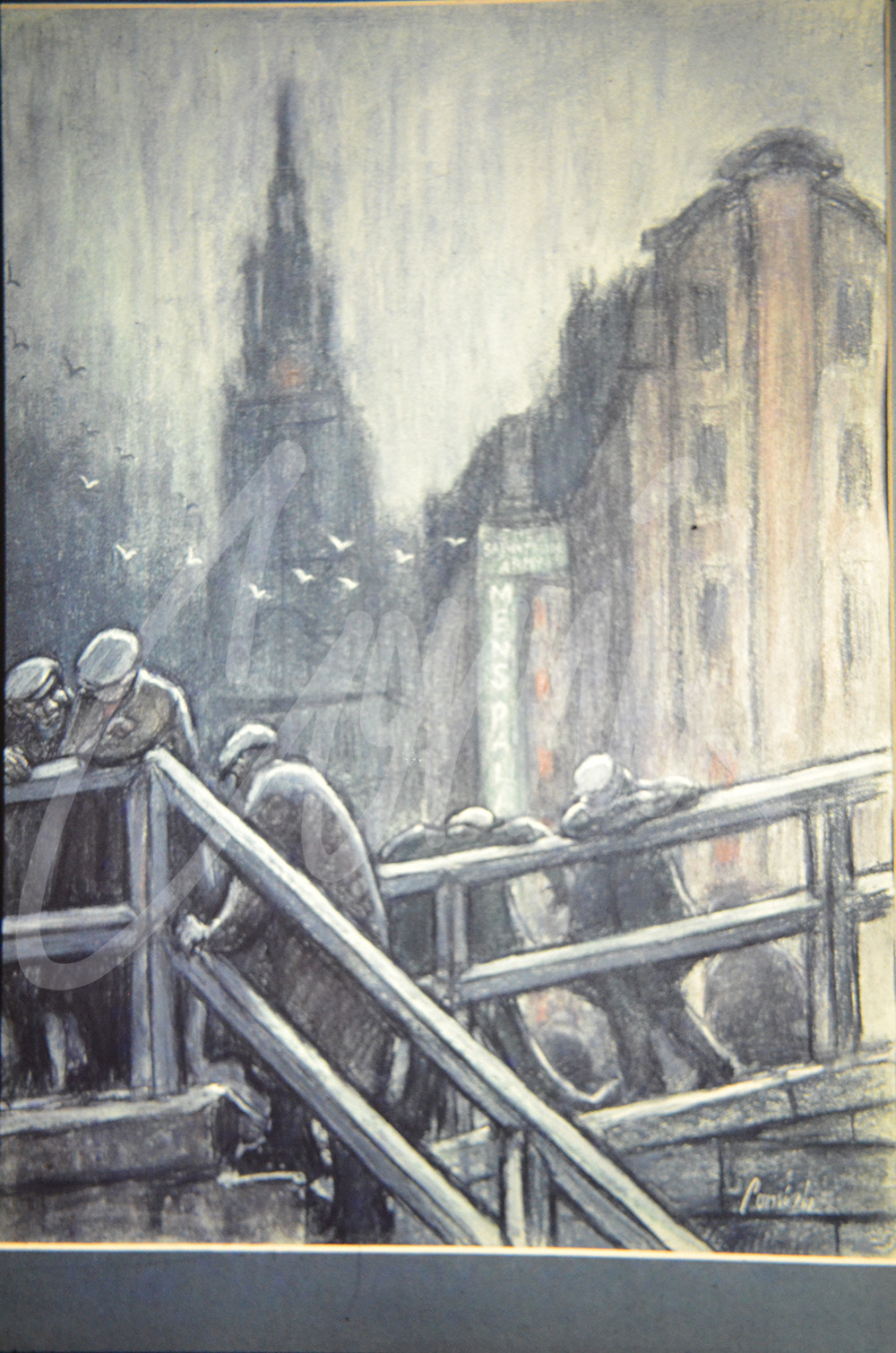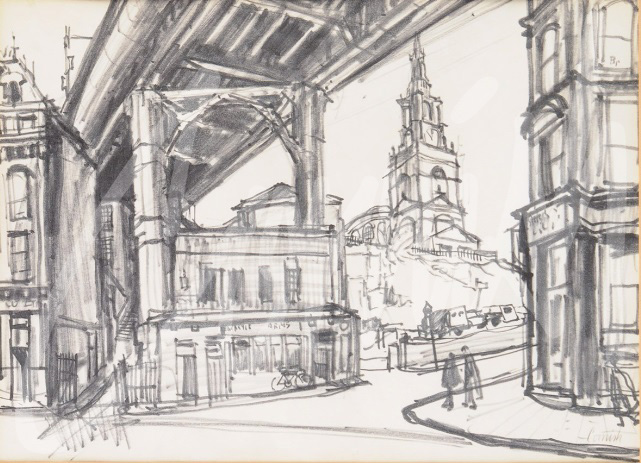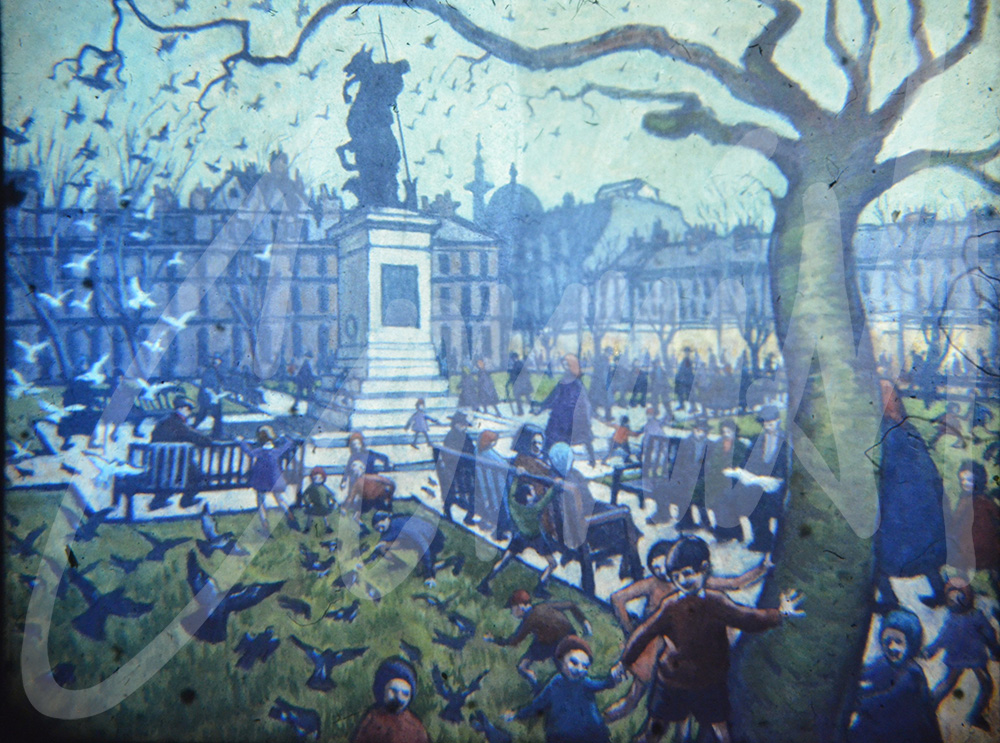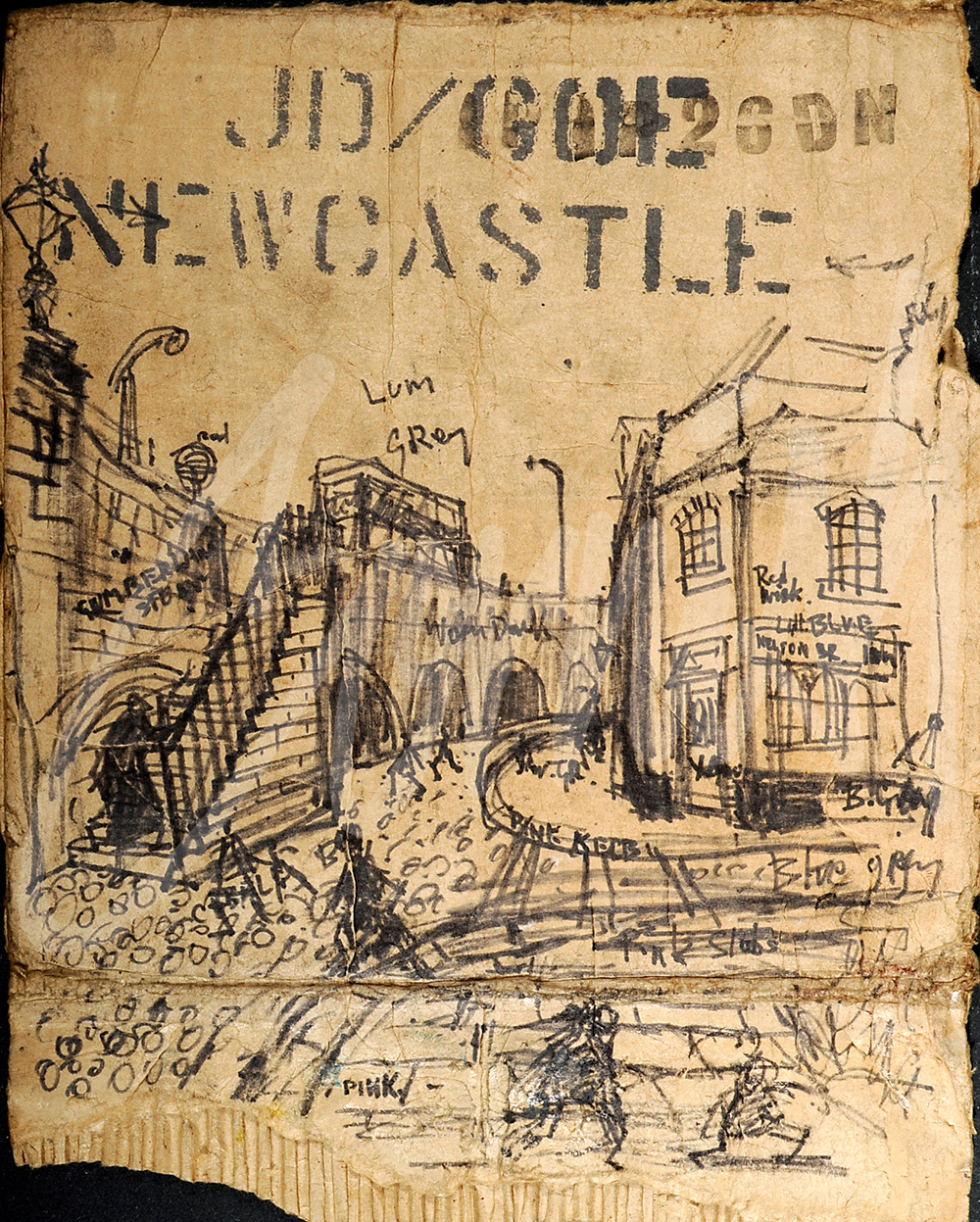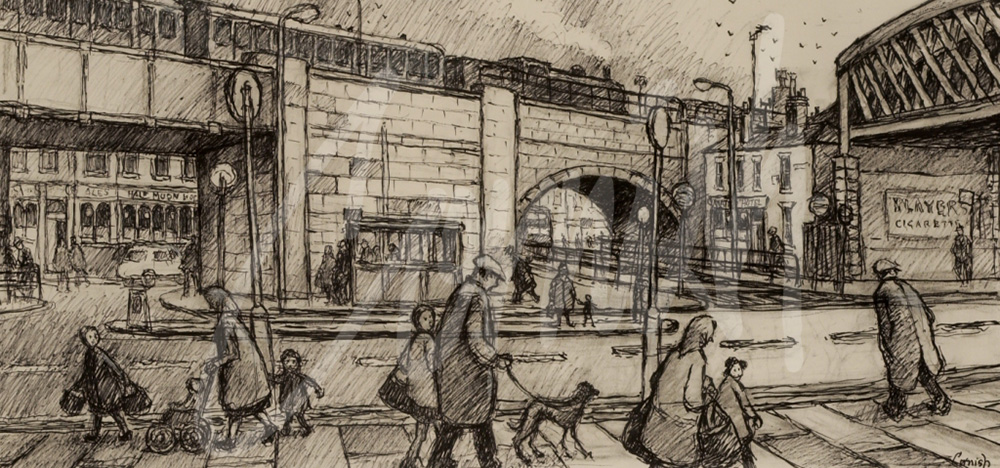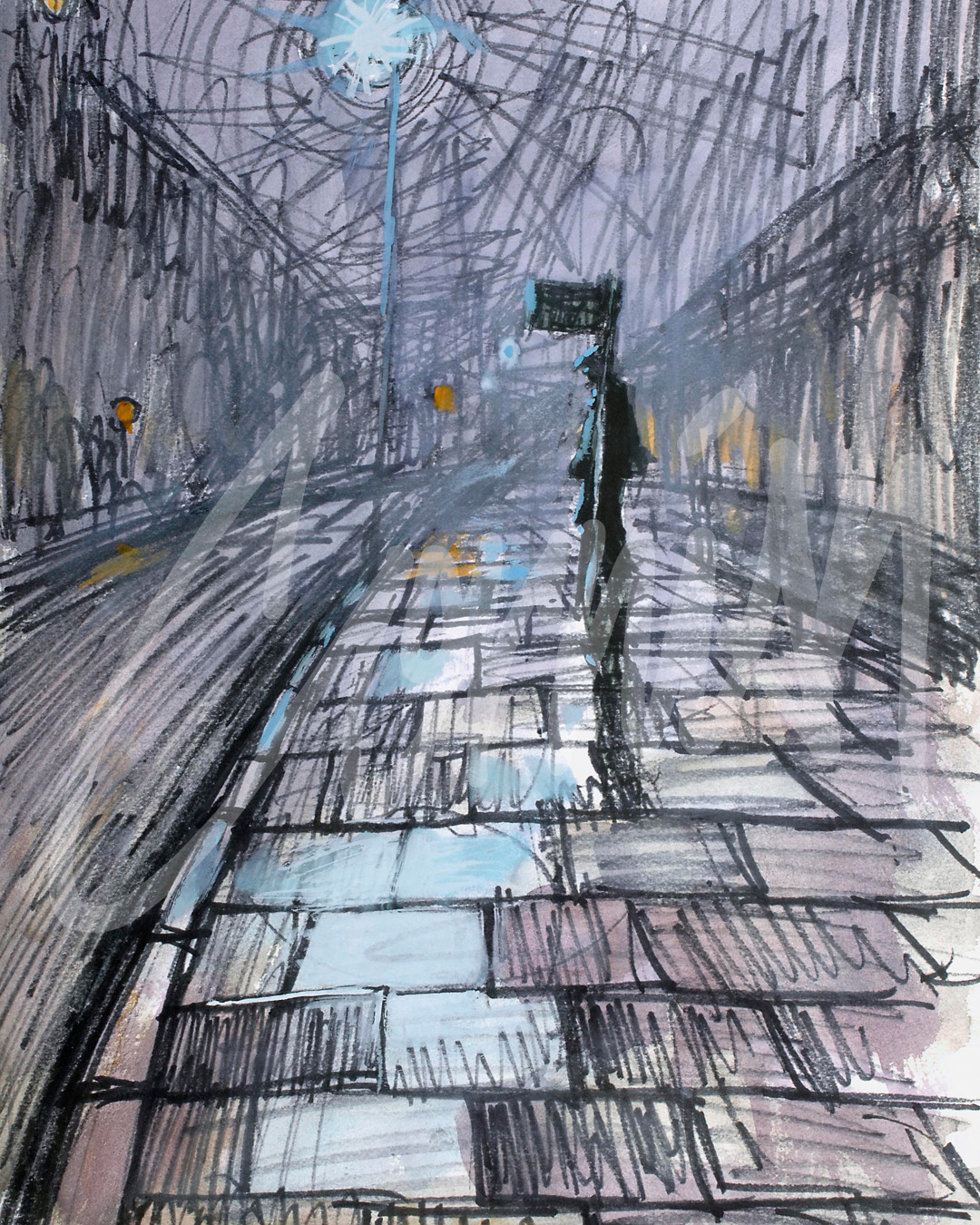
Latest News

Newcastle and the role of galleries
During the 50s and 60s the content of Cornish’s creative output was dominated by the subjects in his immediate surroundings; the industrial landscapes, the journeys to and from work, the pubs in Spennymoor, street scenes, observations of local characters and his wonderful record of the cultural landscape. He also exhibited alongside the work of other regional and national artists via the exhibitions at leading galleries in the North of England such as; the Laing Art Gallery in Newcastle, The Shipley Art Gallery in Gateshead, Tullie House in Carlisle and The Stone Gallery in Newcastle. All of his solo exhibitions at the Stone Gallery were very popular with both admirers of his work and collectors. Buyers included the Prime Minister Ted Heath, and other artists including LS Lowry and John Peace. Over time the owners of the gallery, Mick and Tilly Marshall, also acted as ‘agents’ for Sir William Mc Taggart, Cumbrian artist Sheila Fell and LS Lowry.
As a frequent visitor to Newcastle it was inevitable that the sights and sounds of Tyneside would begin to exert some influence on his choice of subject material. Uwilling to drive or own a car his journey to Newcastle began at the bus stop at the end of Bishops’s Close Street where the OK bus stopped on its journey from Bishop Auckland, and continued to Marlborough Crescent bus station in Newcastle. Walking from the bus station to the Stone Gallery near the Haymarket provided new city- based subjects that were irresistible to Cornish as he wandered through the city, pausing only to take out his sketch book, pen, and occasionally improvising on whatever surface was closest to hand, including a sheet of old cardboard !
His detailed sketch of All Saints church contrasts vividly with the group of men ‘hanging about’ the fence and steps near St Nicholas cathedral. All Saints church is also viewed from a different angle from under the Tyne Bridge and the drawing of Eldon Square, pre-shopping centre, must have been a magnet for his attention, dominated by people and pigeons!
Cornish’s association with Newcastle, and in particular with the owners of the Stone Gallery, began in 1959 and continued until it reached an abrupt end in 1980 after a disagreement. He continued to work for the next eight years in his studio at Whitworth Terrace in Spennymoor but without an agent or attachment to a gallery. In 1988, at a function in Newcastle he met the mayor, Theresa Russell, who arranged an introduction to the curator of the Polytechnic Gallery as it was known at the time, and which later became the University of Northumbria Gallery where he enjoyed a relationship for the next 29 years until the gallery closed in 2016.
Cornish always said how important it was to be associated with a reputable gallery to promote an artist’s work and the Norman Cornish estate is now represented by Castlegate House Gallery in Cockermouth to forge a new era under the direction of Steve and Christine Swallow www.castlegatehouse.co.uk In 2021 the gallery was included in the top ten commercial galleries to visit in England as identified by The Times newspaper.
